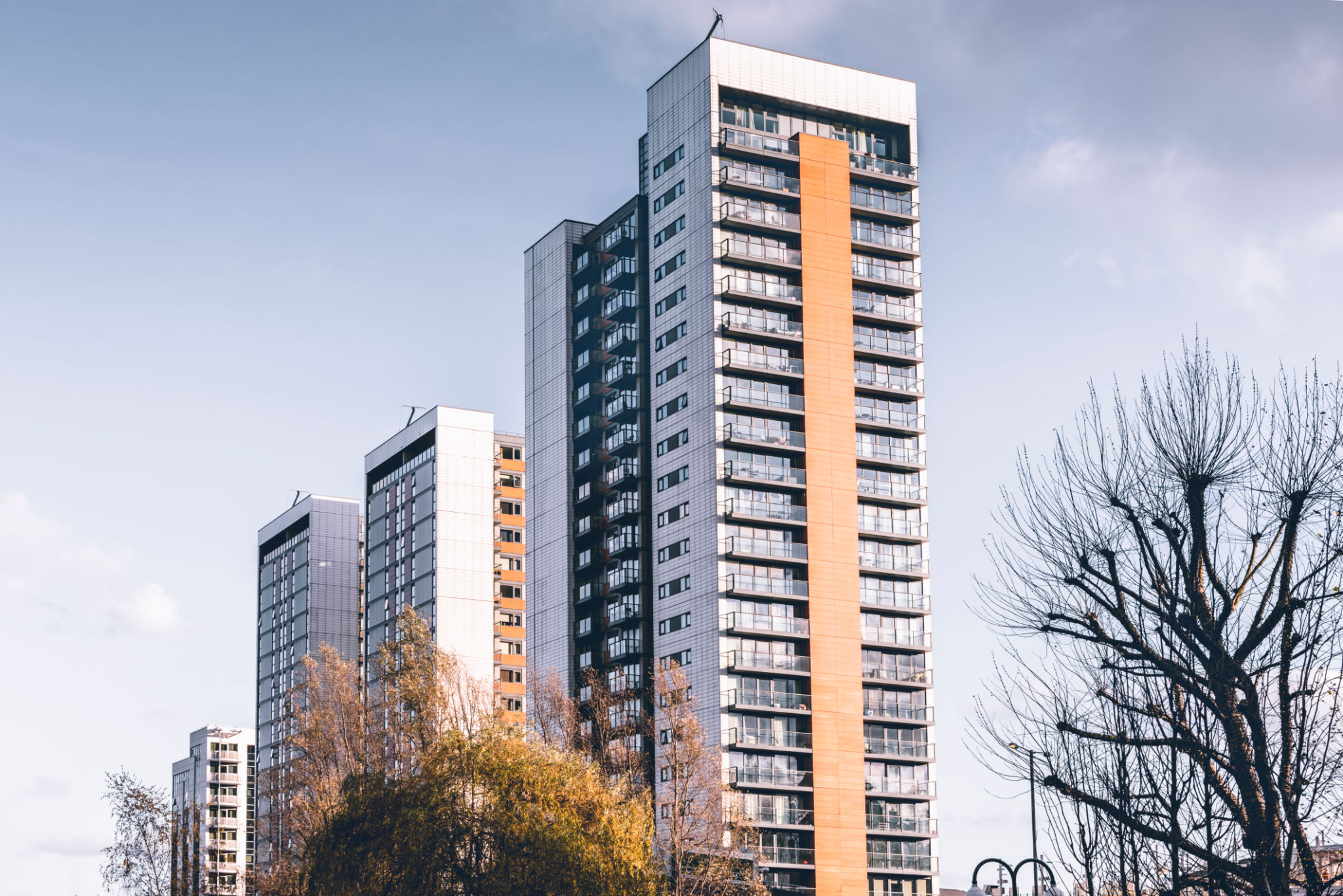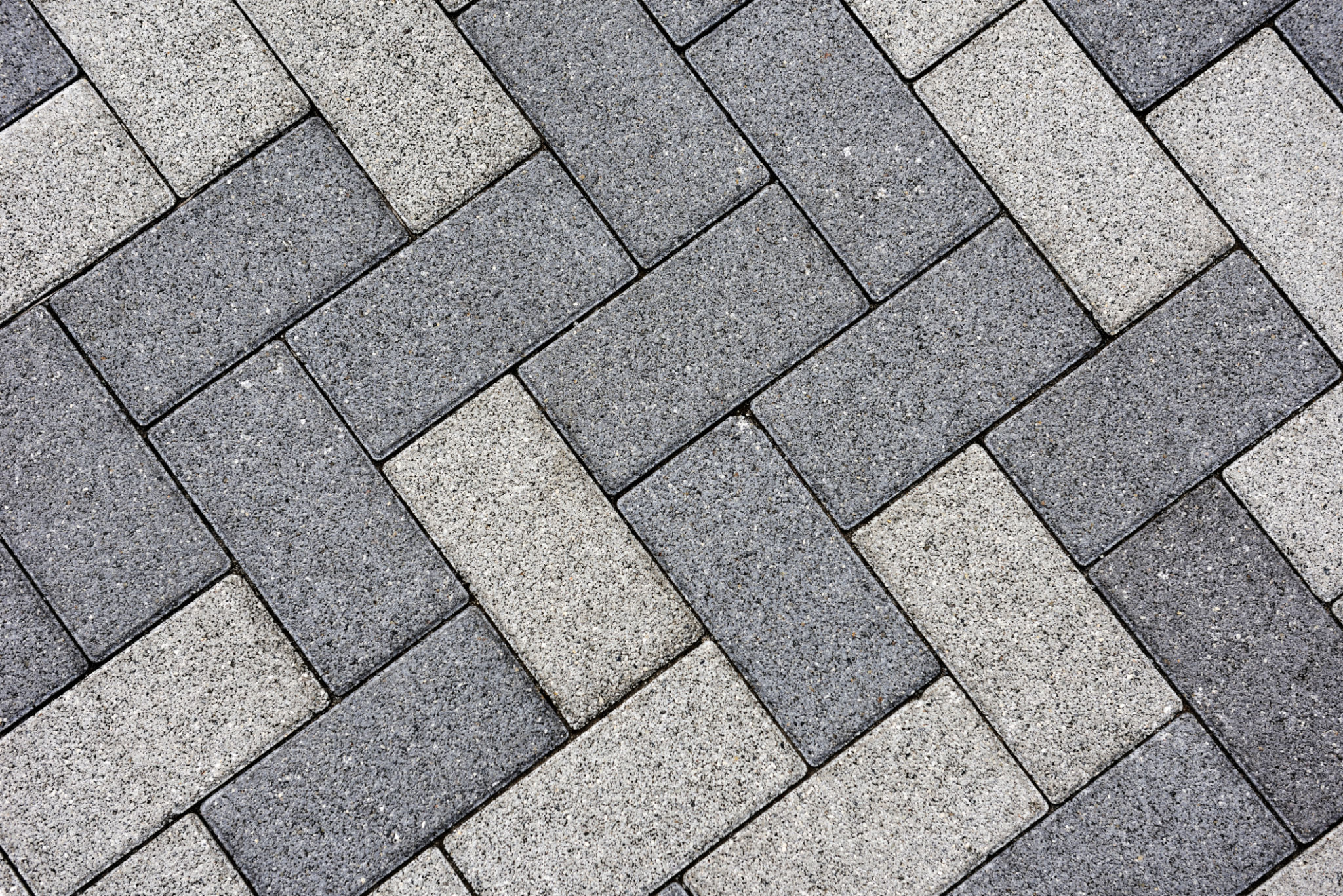Comparing Pavers vs. Concrete: Which is Right for Your Project?
Introduction
When planning an outdoor project, one of the key decisions you'll face is choosing the right material for your surface. Popular options include pavers and concrete, each offering unique benefits. In this article, we'll compare these two materials to help you determine which is right for your project.

Cost Considerations
One of the first aspects to consider is cost. Generally, concrete tends to be less expensive initially. It requires fewer materials and less labor to install. Pavers, on the other hand, can be more costly due to the intricate labor involved in laying each piece.
However, it's important to consider the long-term financial implications. Pavers typically offer a longer lifespan, and individual pieces can be replaced if damaged, potentially saving money on repairs over time.
Durability and Maintenance
Both pavers and concrete are durable options for outdoor surfaces, but their maintenance requirements differ. Concrete is a solid, continuous surface that can crack over time due to weather conditions or ground movement. Repairing concrete involves patching or resurfacing the entire area, which can be costly.

Pavers, in contrast, are individual units that can shift slightly with ground movement, reducing the risk of cracking. If a single paver is damaged, it can be easily replaced without affecting the surrounding area. This flexibility makes pavers a low-maintenance choice for many homeowners.
Aesthetic Appeal
When it comes to appearance, pavers offer a wide range of design possibilities. They come in various shapes, colors, and patterns, allowing for a customized look that enhances your outdoor space. Whether you're aiming for a rustic charm or a modern vibe, pavers provide versatility in design.
Concrete offers fewer design options but can be enhanced with stamping and staining techniques to mimic the appearance of more expensive materials like stone or brick. However, these enhancements can increase the overall cost of a concrete installation.

Installation Time
The installation process and timeline differ greatly between pavers and concrete. Concrete is quicker to install because it involves pouring and leveling a single slab. This makes it an attractive option for projects with tight deadlines.
Pavers require more time due to the careful placement of each unit. The process involves preparing a base layer, setting the pavers, and adding joint sand. While time-consuming, this meticulous process contributes to the durability and aesthetic appeal of the finished product.
Environmental Impact
For those mindful of environmental considerations, pavers often come out on top. Pervious pavers allow water to seep through the joints, reducing runoff and promoting groundwater recharge. This can be especially beneficial in areas prone to heavy rainfall or flooding.
Concrete surfaces are non-porous, leading to increased water runoff. However, advances in technology have introduced permeable concrete options that aim to address this issue, though they may come at a higher cost.
Conclusion
Choosing between pavers and concrete ultimately depends on your specific project needs and priorities. Consider factors like budget, maintenance, aesthetics, installation time, and environmental impact when making your decision. Both materials offer unique benefits that can enhance your outdoor space for years to come.